Written by Jack Mallery
It’s 2016, and many things that were allowed in previous years are no longer safe and okay to say to others. Gendered insults and racial slurs are not tolerated in our communities anymore. Sometimes people have experienced traumatizing events that they would rather forget and move on from. Safe spaces and trigger warnings provide a needed cushion that helps prevent bullying and improves lives, and they should be required in schools.
Safe spaces—or a place where people are able to be themselves and express their interests without fear of harassment or pressures of the outside
world—have the ability to solve many problems in society today. One of these
problems is bullying. According to the National Center for Education Statistics,
nearly one in every four students is bullied at some point during the school year.
In addition to receiving harm or hate at school, Pacer.org reports that 42 percent of students have been bullied online. Many universities have integrated safe spaces into their new student greetings. This implementation of safe spaces is a huge step in the right direction toward making students feel safe on their campus. A safe space does not have to be a specific location. It is more of an environment where people feel accepted and able to express themselves for who they are. These environments create a place for people to avoid harm. Hopefully, with the addition of these areas, student collaboration and wellness will improve. Hateful speech and slogans belong to an era that is long past, and it is time that this fact is recognized.
There may be times when students feel pressure or hate and don’t have anywhere to go. Safe spaces change this completely: they provide a place that is free of harm to students lives. Trigger warnings can also provide benefits to everyone. No one knows what specific events could trigger a traumatic memory or unwanted reaction in someone, so trigger warnings are essential in preventing this. However, at the start of this school year, the University of Chicago sent out a letter to all incoming students denouncing trigger warnings and safe spaces. The university stated that they will never cancel controversial speakers and they do not support the creation of safe spaces, which they feel shelter students from conflicting opinions. While this is a seemingly logical theory, it is untrue. The point of trigger warnings is not to ban free speech, but to serve as a preemptive measure to give an overview of the information to come. In addition to this, safe spaces do not provide a shelter for whenever a student runs into an obstacle. Their purpose is to create an environment in which people are free of harassment and other negative things, not clashing ideas. The University of Chicago’s plan to eliminate safe spaces and trigger warnings is ungrounded, based on the preconceived notion that these measures restrain free speech.
Today, marginalizing others is completely unacceptable in our societies. Excluding people based on religion or physical characteristics should no longer be tolerated. Taking the steps that are necessary to improve students’ lives is one of the most important things a school can do to protect the well-being of its pupils. Some people are opposed to safe spaces and trigger warning because they feel that we live in a community that is too sensitive, and these measures won’t prepare students for real life. Critics believe that the world isn’t an all-inclusive safe space. It is inevitable that some people misuse these tools, but we cannot take them away simply because a minority of people do not use them correctly. It’s time that these critics wake up. e year is 2016, and demeaning environments and offensive language have no place in a society today. It is inevitable that hate will appear in some students’ lives, but the more resources they have to fight it, the better. Protecting students and others should always be the number one concern of any school or organization.
At the end of the day, safe spaces may not save lives, and trigger warnings can’t possibly prevent everything. However, these measures create a positive environment
that encourages cooperation and acceptance. Students are not coddled. It is their choice to participate in or listen to trigger warnings, as it will be their choice of how to live their life after school. Years from now, people will look back on these years when acceptance and diversity was promoted, and they will wonder why it didn’t happen sooner.



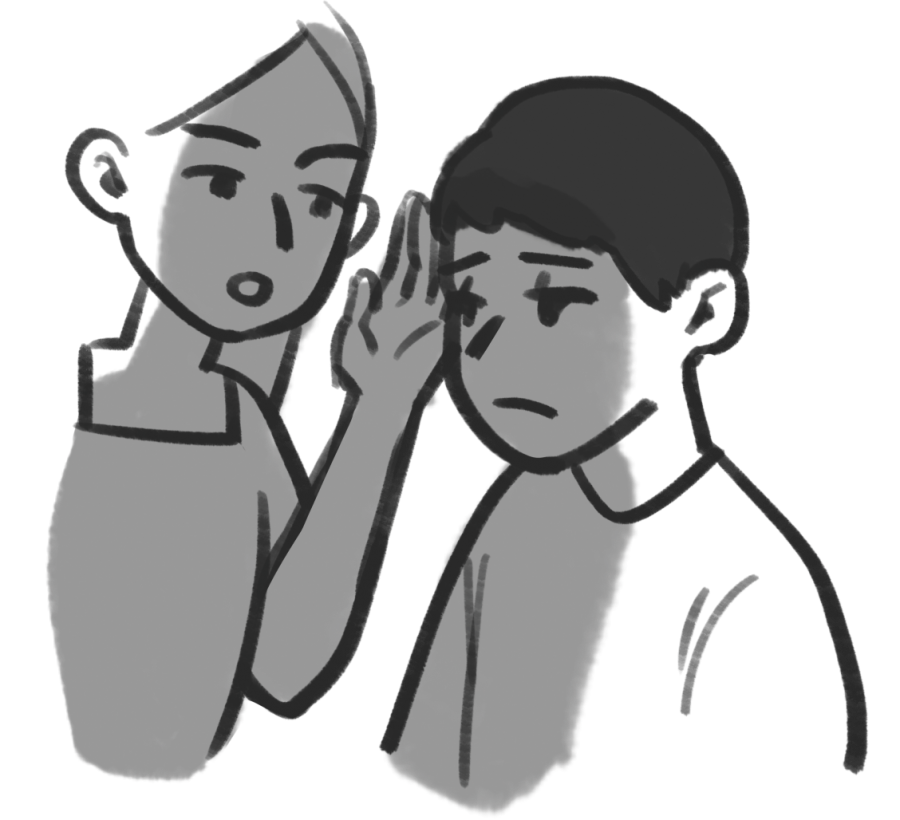

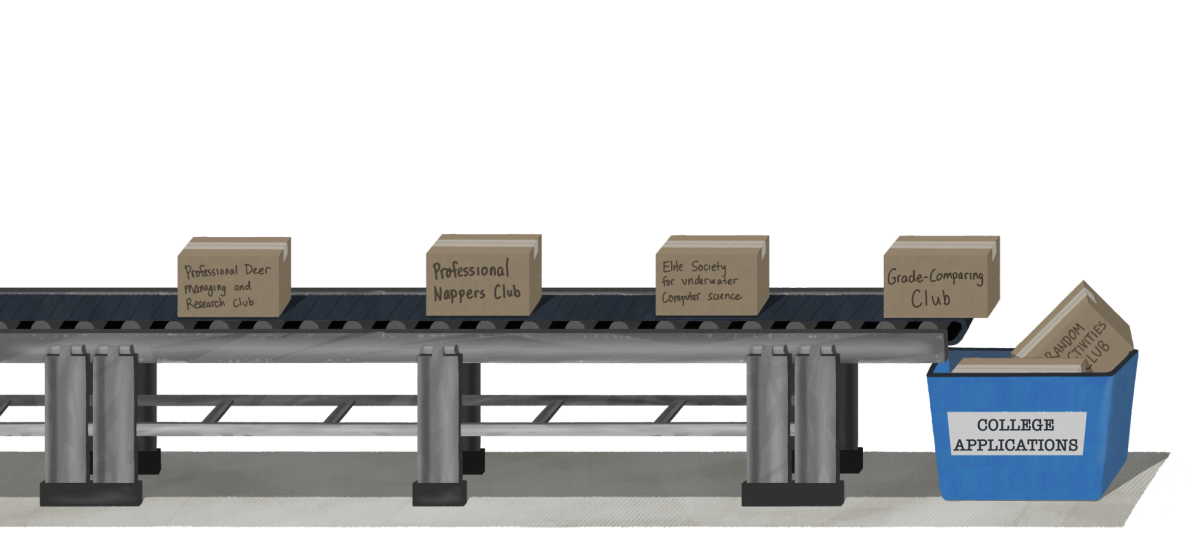

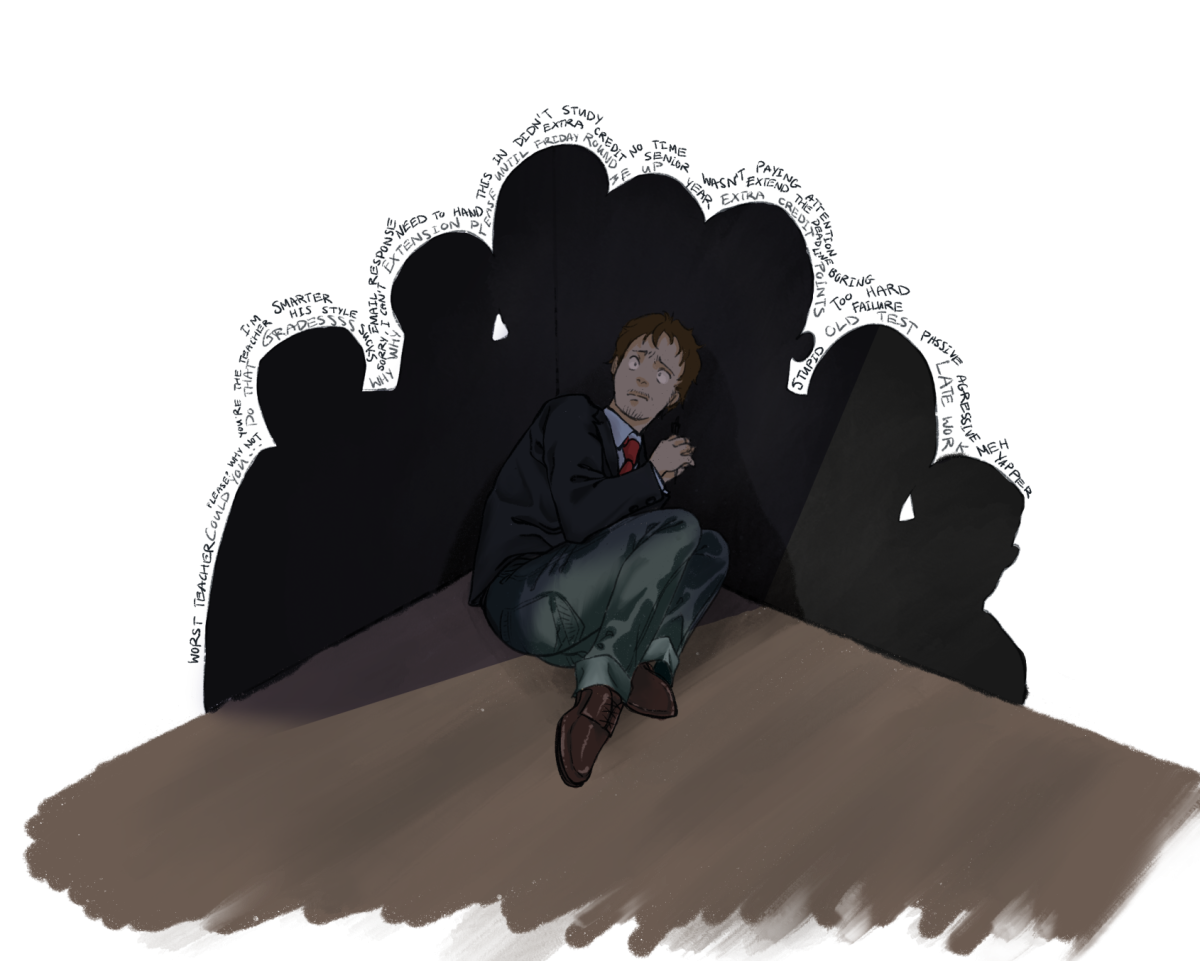

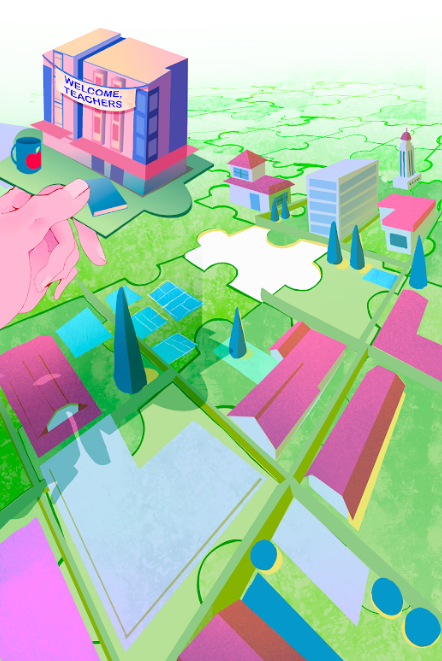


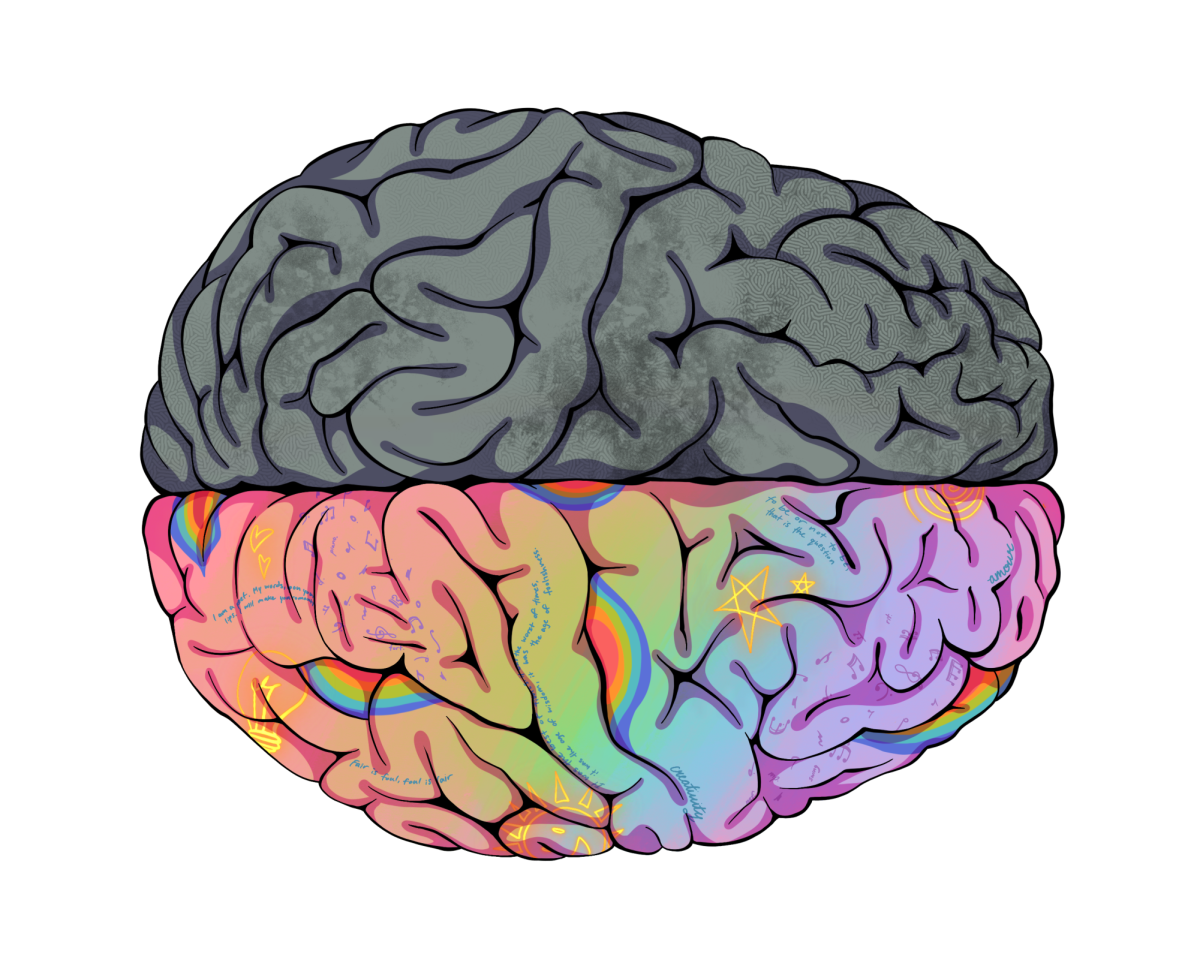
Hillary • Nov 1, 2016 at 6:29 pm
amazing article!